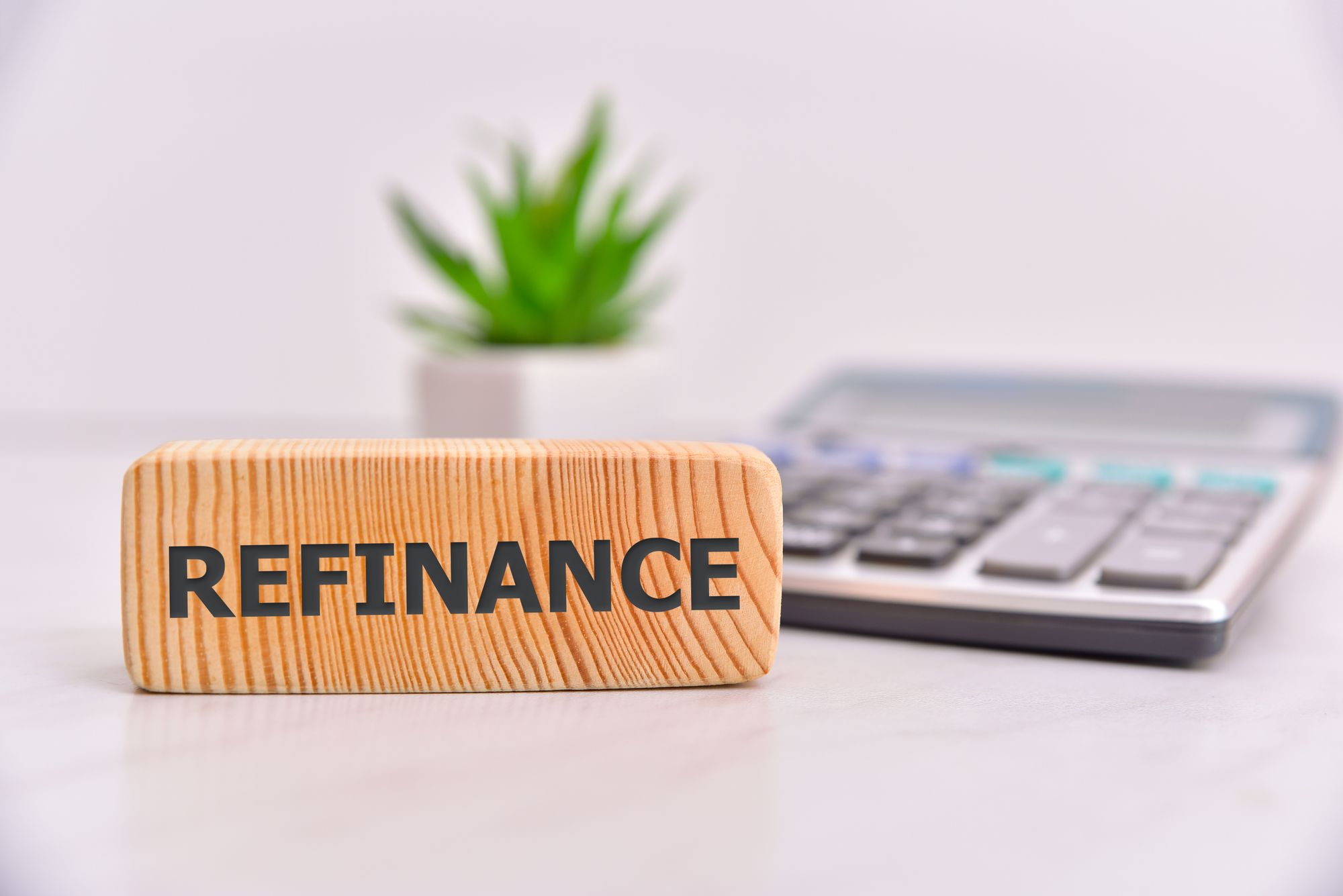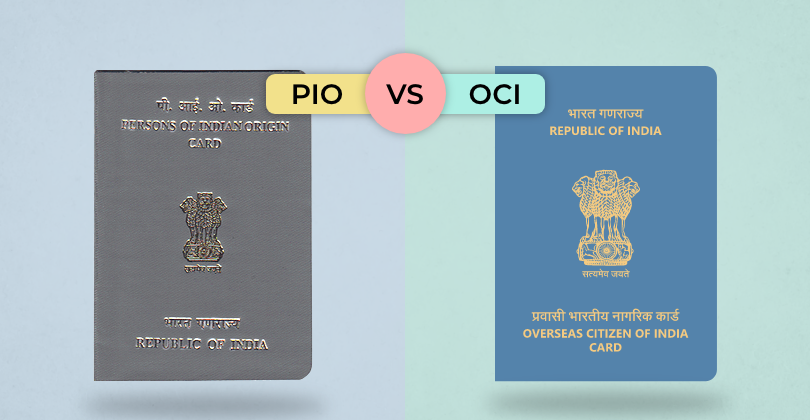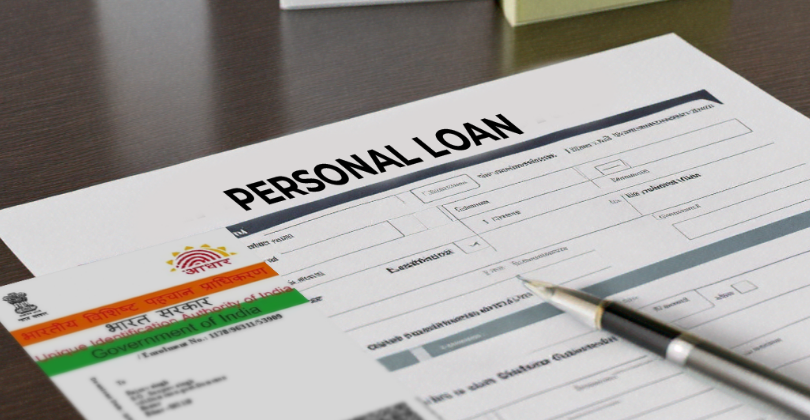Are you of Indian origin and living abroad? You've probably come across terms like PIO and OCI. These cards offer different benefits, but it can
Personal loan refinancing is like giving your finances a complete makeover. It involves replacing your current loan with a new one, offering potential benefits such as a lower interest rate or a revised repayment timeline. Whether you need more flexibility in your payments or your credit score has improved, refinancing can be a smart financial move. In this in-depth guide, we'll explore the ins and outs of personal loan refinancing, from understanding the types of refinancing to a step-by-step process on how to refinance your loan. By the end, you'll have a clear roadmap to navigate the world of personal loan refinancing. Without waiting further, let's dive in.
What is Refinancing a Loan?
Loan refinancing is essentially applying for a new loan with more favourable repayment terms than the existing one. This new loan is then used to settle the balance of the current loan. Borrowers often consider refinancing when they realise the need for better payment terms and more flexible options to meet their evolving financial commitments. Unlike loan restructuring, which can be complex, refinancing is a straightforward process that allows borrowers to adapt to changing financial circumstances.
A borrower's credit history plays a significant role in loan refinancing. Qualifying for refinancing positively influences credit scores, making it a strategic move for those looking to enhance their financial standing. Platforms like KreditBee offer a simplified process for personal loan applications, providing funds without collateral, usage restrictions, and minimal documentation, ensuring quick disbursement.
Types of Loan Refinancing:
-
Rate-and-Term Refinancing
Under this type, the existing loan is fully repaid, and a new loan with revised terms is issued. This is a common approach when borrowers seek to modify the interest rate or repayment period.
-
Cash-out Refinancing
In cash-out refinancing, an asset serves as collateral. As the value or equity of the asset increases, borrowers can withdraw this higher value by taking out a loan without selling the asset. This strategy allows accessing additional funds without liquidating the asset.
-
Cash-in Refinancing
Borrowers can use this type to pay down a portion of the loan, reducing the loan-to-value ratio or achieving smaller monthly payments.
-
Consolidation Refinancing
A consolidation loan is effective when an individual obtains a single loan at a lower rate than their current average interest rate across multiple credit products. This type of refinancing involves applying for a new loan at a lower rate and using it to pay off existing debts, reducing overall interest payments.
How to Refinance a Personal Loan?
-
Determine the Required Amount
Before seeking quotes for refinancing, calculate the precise amount needed to pay off the existing loan. Check for prepayment penalties from the original lender, as these can impact the overall benefits of refinancing.
-
Evaluate the Cost
Assess the costs associated with refinancing, including potential fees and prepayment penalties. If the existing loan has penalties for early repayment and the refinanced loan carries origination fees, it's essential to weigh these against the potential benefits.
-
Check Credit Score and Report
Reviewing your credit score and report is essential before refinancing. A higher credit score increases the chances of qualifying for a lower interest rate. Requesting a free credit report from major bureaus helps in assessing eligibility and potential rates.
-
Choose Refinancing Method
Decide whether to refinance through a personal loan or a balance transfer card. Personal loans offer structured payment plans with fixed monthly payments, while balance transfer cards may provide special offers, such as zero-interest introductory periods.
-
Compare Rates and Terms
Thoroughly research multiple lenders to compare rates and terms. Shopping around is crucial as offers can vary, and a lower interest rate may not be beneficial if additional fees offset the savings.
-
Consult Current Lender
Do not overlook the current lender during research; they may be willing to offer a better deal to retain your business. Existing relationships can simplify the qualification process and might not require a new credit inquiry.
-
Formal Application
Once a preferred lender is identified, submit a formal application with required verifications, including paystubs, bank statements, or tax documents. The formal application initiates the underwriting process, leading to loan approval and funding.
Pros and Cons of Refinancing a Loan (Remove this section if there’s a word limit issue)
| Aspect | Advantages | Disadvantages |
|---|---|---|
| Lower Interest Rates | Opportunity to secure a lower interest rate. | May incur additional costs like processing fees. |
| Reduced Monthly Payments | Lower monthly payments, improving cash flow. | Longer loan tenure may result in higher overall interest payments. |
| Debt Consolidation | Ability to consolidate multiple loans into one. | Risk of accumulating more debt if not managed wisely. |
| Improved Credit Score | Timely payments on a new loan can boost credit score. | Applying for a new loan may temporarily lower credit score. |
| Switching to Fixed Rate | Stability in interest rates with a fixed-rate loan. | Fixed-rate loans may have higher initial interest rates. |
| Flexible Loan Terms | Option to choose new loan terms that suit your needs. | Change in loan terms may result in higher overall interest payments. |
| Access to Equity | Cash-out refinancing provides access to home equity. | Risk of over-leveraging and increasing financial strain. |
| Prepayment Penalty Avoidance | Avoidance of prepayment penalties on the existing loan. | New loan may have prepayment penalties or charges. |
| Government Schemes | Eligibility for government-backed refinancing schemes. | Limited availability and eligibility criteria. |
| Tax Benefits | Interest paid on the new loan may be tax-deductible. | Changes in tax laws may impact deductions. |
| Aspect | Advantages |
|---|---|
| Lower Interest Rates | Opportunity to secure a lower interest rate. |
| Reduced Monthly Payments | Lower monthly payments, improving cash flow. |
| Debt Consolidation | Ability to consolidate multiple loans into one. |
| Improved Credit Score | Timely payments on a new loan can boost credit score. |
| Switching to Fixed Rate | Stability in interest rates with a fixed-rate loan. |
| Flexible Loan Terms | Option to choose new loan terms that suit your needs. |
| Access to Equity | Cash-out refinancing provides access to home equity. |
| Prepayment Penalty Avoidance | Avoidance of prepayment penalties on the existing loan. |
| Government Schemes | Eligibility for government-backed refinancing schemes. |
| Tax Benefits | Interest paid on the new loan may be tax-deductible. |
| Aspect | Disadvantages |
|---|---|
| Lower Interest Rates | May incur additional costs like processing fees. |
| Reduced Monthly Payments | Longer loan tenure may result in higher overall interest payments. |
| Debt Consolidation | Risk of accumulating more debt if not managed wisely. |
| Improved Credit Score | Applying for a new loan may temporarily lower credit score. |
| Switching to Fixed Rate | Fixed-rate loans may have higher initial interest rates. |
| Flexible Loan Terms | Change in loan terms may result in higher overall interest payments. |
| Access to Equity | Risk of over-leveraging and increasing financial strain. |
| Prepayment Penalty Avoidance | New loan may have prepayment penalties or charges. |
| Government Schemes | Limited availability and eligibility criteria. |
| Tax Benefits | Changes in tax laws may impact deductions. |
When to Refinance Your Personal Loan
-
Improved Credit Score
Refinancing becomes attractive when your credit score has improved since taking out the original loan, potentially qualifying you for a lower interest rate.
-
Switching Rate Types
Moving from a variable APR to a fixed rate provides consistency in monthly payments, making it easier to plan for expenses.
-
Avoiding Balloon Payments
Refinancing ahead of time can help sidestep balloon payments, preventing the need for a significantly larger payment at the end of the repayment period.
-
Income Reduction
If facing reduced income, refinancing for a longer repayment term can lower monthly payments, offering temporary relief.
-
Accelerated Repayment
Those with the means to afford larger monthly payments may opt for refinancing into a shorter loan term to save on overall interest payments.
-
Adding or Removing Co-applicants
Refinancing allows adjustments to co-applicants on the loan, accommodating changes in financial arrangements.
-
Affording Fees
Before committing to refinancing, ensure that the associated fees, such as origination fees or prepayment penalties, align with the overall financial benefits.
Example of Refinancing
To illustrate the concept, consider a hypothetical scenario involving Aditya and Ananya with a 30-year fixed-rate mortgage. After ten years of paying a 10% interest rate, economic conditions lead to interest rate drops. By reaching out to their bank, Aditya and Ananya refinance their mortgage at a new 4% rate. This allows them to lock in a lower rate for the next 20 years, reducing their monthly mortgage payment. If interest rates drop further, they may have the opportunity to refinance again, maximising their savings.
Conclusion
Personal loan refinancing is a strategic financial move that can offer numerous benefits, from lowering interest rates to adjusting repayment terms. By following the steps outlined in this guide, you can navigate the refinancing process with confidence. Refinancing is not a one-size-fits-all solution, but armed with the right information; individuals can use it to achieve their financial goals and build a more secure future.
AUTHOR
KreditBee As a market leader in the Fintech industry, we strive to bring you the best information to help you manage finances better. These blogs aim to make complicated monetary matters a whole lot simpler.







